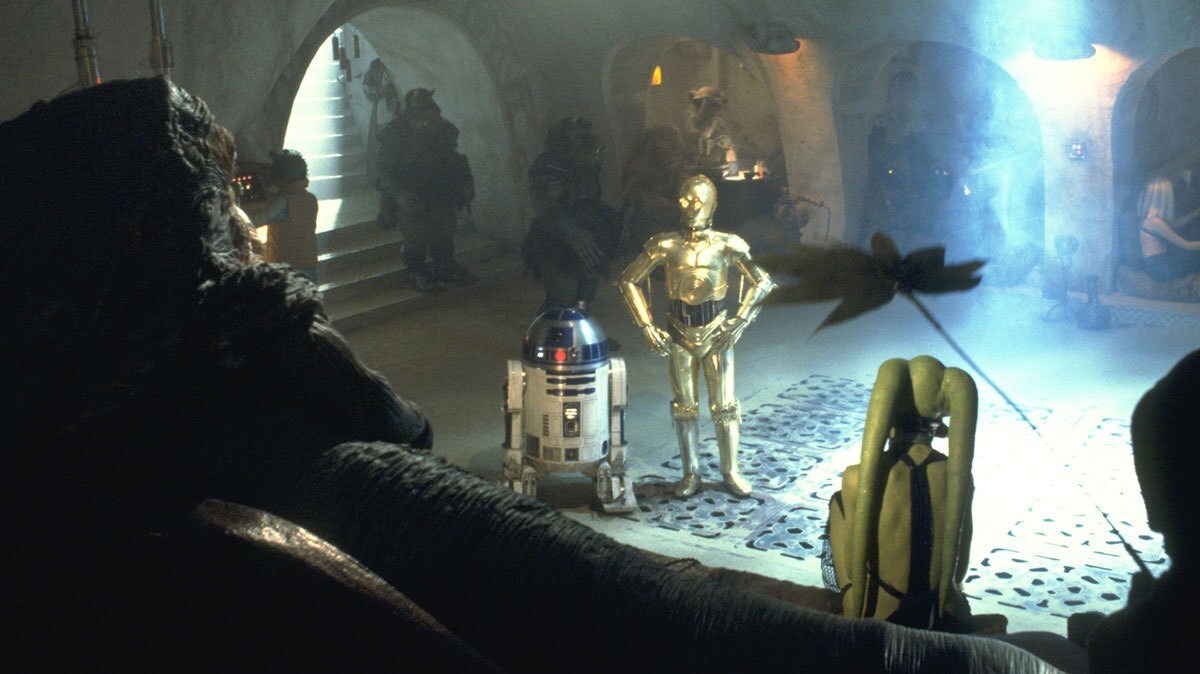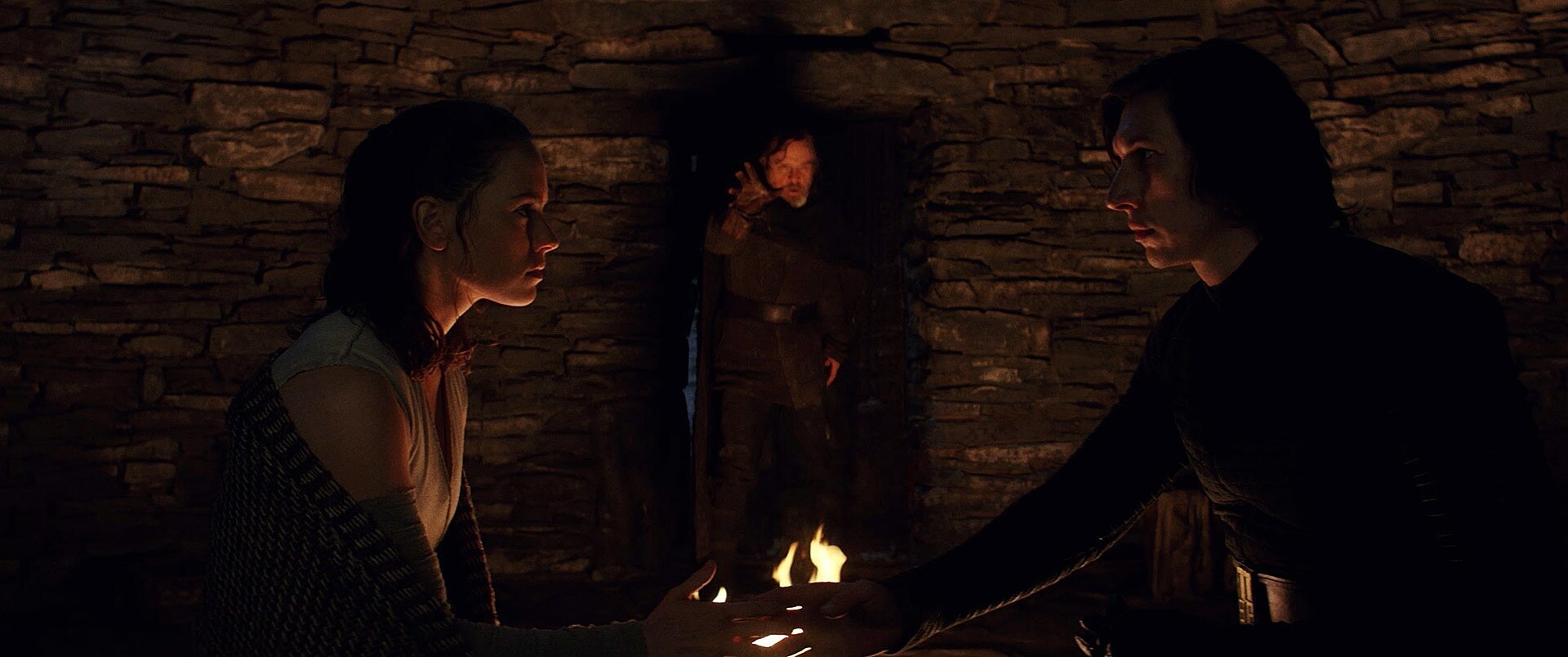No filmmakers’ work has had more of an impact on Star Wars creators than Akira Kurosawa. Whether you’re heading to Tokyo or following Star Wars Celebration Japan news from home, watching some of Kurosawa’s filmography that inspired George Lucas and countless other creators will give you a better appreciation for the galaxy far, far away.
Lucas first became aware of Kurosawa’s work while he was in film school at USC. In an interview with the Criterion Collection, he talked about the filmmaker’s impact. “It’s hard to really appreciate the true genius of Kurosawa until you’ve seen a few of the films and then you’ve been able to see other films at the same time and be able to realize his visual style,” said Lucas. “I think he comes from a generation of filmmakers that were still influenced by silent films. The visual graphics and the framing, just the quality of the images, go a long way to telling the story and setting the mood. You’re not going to find a lot of filmmakers that have the facile quality with the medium that Kurosawa had.”
Here are five Kurosawa films that inspired Lucas and the modern generation of Star Wars creators.

Hidden Fortress (1958)
In Hidden Fortress, two peasants seeking fortune agree to escort two individuals — unknown to them, a princess and a general — across enemy lines. There are obvious parallels between the two peasants and C-3PO and R2-D2 (both fond of bickering with each other) and the princess and the general to Leia Organa and Obi-Wan Kenobi. But the inspiration goes deeper than that, evident in how Kurosawa and Lucas similarly frame the action in different shots throughout these stories. You’ll also see nearly identical wipe transitions, where one shot travels from one side of the frame to the other to replace the next.

Seven Samurai (1954)
Seven Samurai is an action-packed tale of a village hiring a group of samurai to help protect them from invading bandits. Star Wars fans can find similar echoes in the Star Wars: The Clone Wars Season 2 episode “Bounty Hunters” — where Anakin Skywalker, Obi-Wan Kenobi, and Ahsoka Tano partner with bounty hunters to protect a village on Felucia from pirates — and The Mandalorian Season 1 episode “Sanctuary” where Din Djarin and Cara Dune fight off raiders threatening krill farmers on Sorgan.

Yojimbo (1961)
Yojimbo also centers on a small village in trouble, but this time the hero of the story is a ronin (a samurai with no master). Toshiro Mifune plays the ronin who uses his wits against two criminal warlords fighting over control of the village. It’s a simple plot that’s a fantastically entertaining film, all thanks to Kurosawa’s talents.
Director Deborah Chow talked about the influence of Kurosawa’s work while she was directing the series Obi-Wan Kenobi. “There’s such a strong correlation for me between the Jedi and the ronin — particularly in this period where all the Jedi are being hunted. I was really looking at what you do if you’re the last samurai. You’re more than a warrior. There’s also an ethical code that goes along with it, in a world that’s vastly changed.”

In the behind the scenes featurette “Filmmaker Focus - The Duel,” creators from the Star Wars: Visions short “The Duel” spoke about how their story paid homage to several Japanese films, including Yojimbo, Seven Samurai, and Lone Wolf and Cub. Jumpei Mizasaki, founder of Kamikaza Douga, the studio that made “The Duel,” noted that “We really wanted a high-contrast black and white cinematography style, like the one from Kurosawa’s monochrome era.”

Rashomon (1950)
Rashomon tells the story of an assault and murder from multiple points of view. The recollections of the events all have many differences, changing how the character’s actions are perceived by the audience throughout the film. Rian Johnson’s film Star Wars: The Last Jedi also showed the audience different perspectives from the fateful night shortly before Luke’s Jedi Academy was destroyed. Rey first hears about this night and the fateful confrontation between Master and apprentice from Luke’s perspective. When Rey hears Kylo Ren’s version of events, the flashback changes to show Ben waking up to see an enraged Luke about to strike him, wielding a lightsaber that was notably not seen in the first telling of the story. From this perspective, Ben’s actions appear to be self-defense. When Rey confronts Luke about the contradiction, he tells a third version of events where he ignited his lightsaber above Ben’s bed, then hesitated, but not before Ben woke up to see his uncle and acted to stop him. The audience is left to make their own decision about what the true events of that night really entailed.

The episode “Destiny” and “Night” from The Acolyte used a similar method of storytelling, showing a deadly encounter between a group of Jedi and a witch coven on Brendok from several different perspectives. This change of viewpoint, in turn, alters the opinions audiences may have about the characters in the series, like Master Sol, and their motivations. As The Acolyte’s showrunner Leslye Headland explained, “It is a serialized story, so each episode gives you more information about the story. We were obviously influenced by samurai films like Rashomon, where you see one story and then you see it a different way.”

Kagemusha: The Shadow Warrior (1980)
One of Kurosawa’s later works, Kagemusha, features a thief recruited to be the decoy of an aging warlord. Decoys, of course, played a large role in the storyline of Star Wars: The Phantom Menace and the Star Wars: The Clone Wars Season 4 episode “Shadow Warriors” — where Jar Jar Binks doubles for a Gungan boss in a nod to Kagemusha. Dave Filoni also pointed to Kagemusha’s dream like sequences as an inspiration while filming the reunion of Anakin Skywalker and Ahsoka Tano in the World Between Worlds in Star Wars: Ahsoka.














